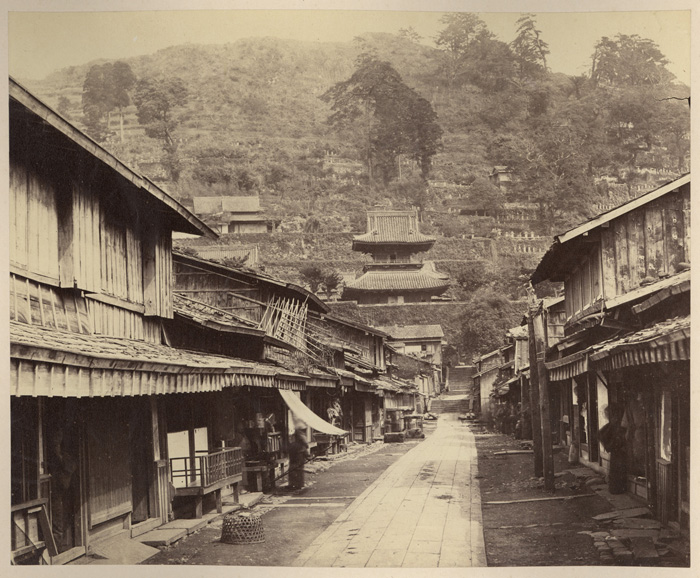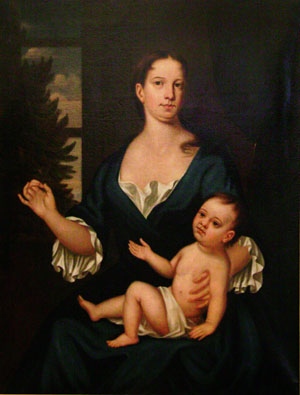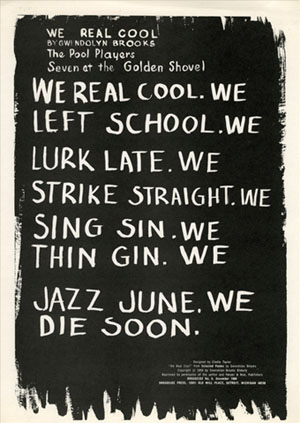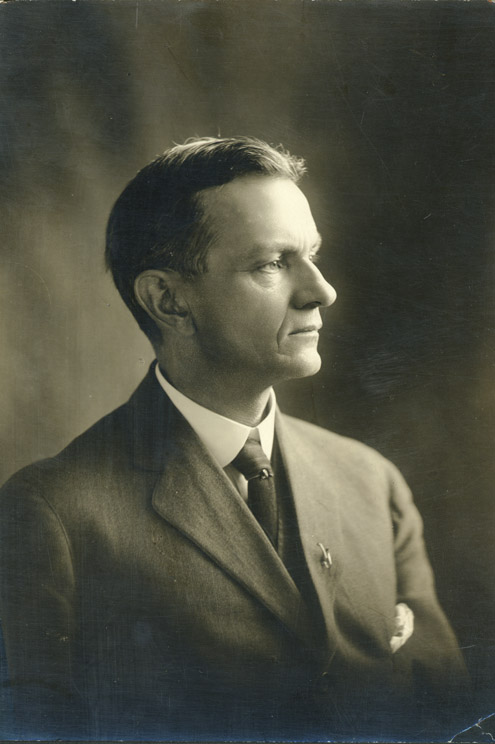Felice Beato Photograph Collection

A pioneer in war and documentary photography, the Anglo-Greek photographer Felice Beato was an important chronicler of late-Edo and early-Meiji era Japan. Between 1863 and 1877, Beato took a stunning array of views, portraits, ethnographic images, and genre scenes and helped train the first generation of Japanese photographers.
The Beato Collection includes ten images taken by Felice Beato in Japan between 1863 and 1871, including his famous view of Daibutsu, the Great Buddha at Kotokuin Temple, Kamakura; his view of one of the residences of the Shimabara clan; two very scarce views of a farmhouse and agricultural laborers, probably taken along the Tokaido Road; two views of Yokohama; and a fine view of a naval fleet at Nagasaki.




